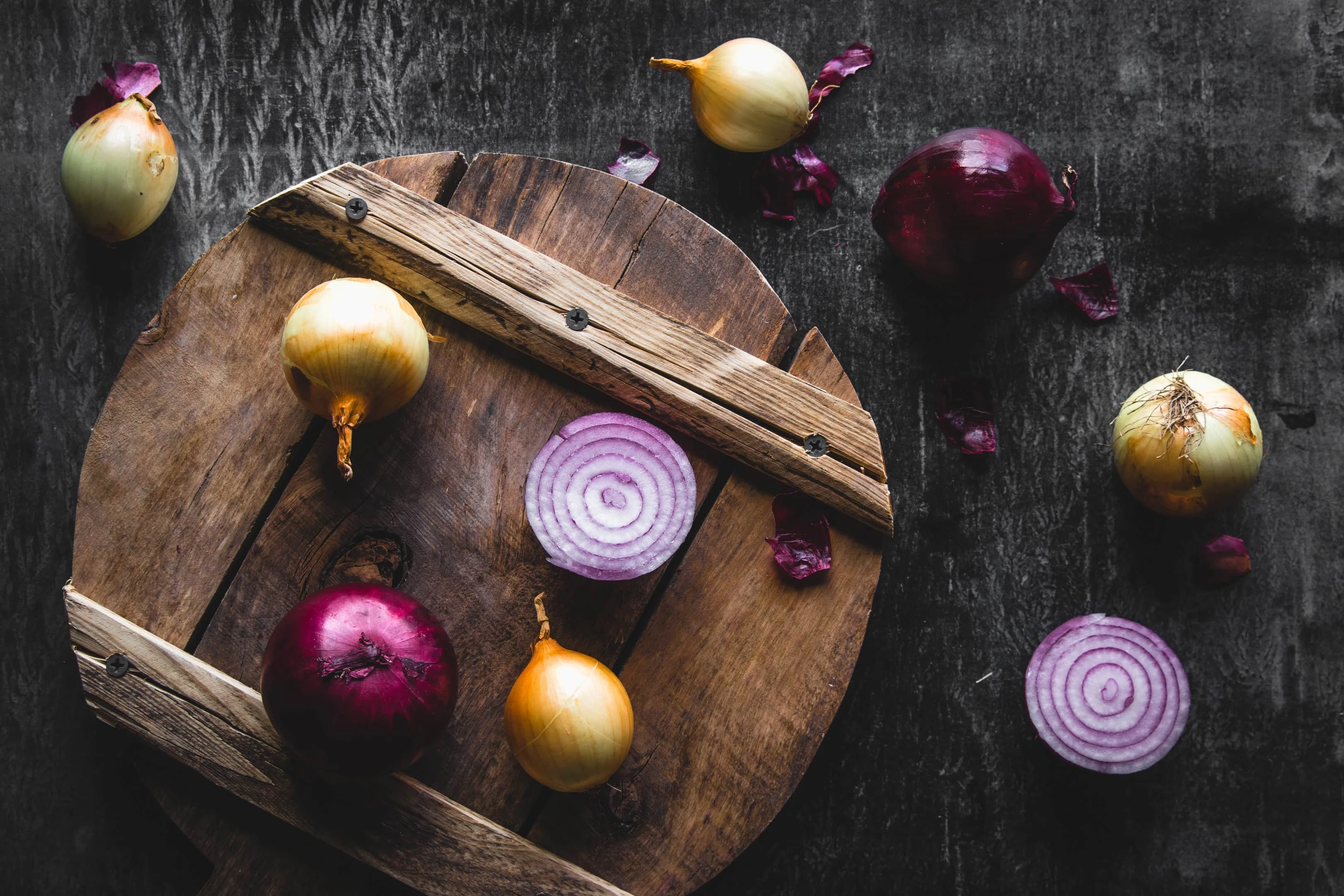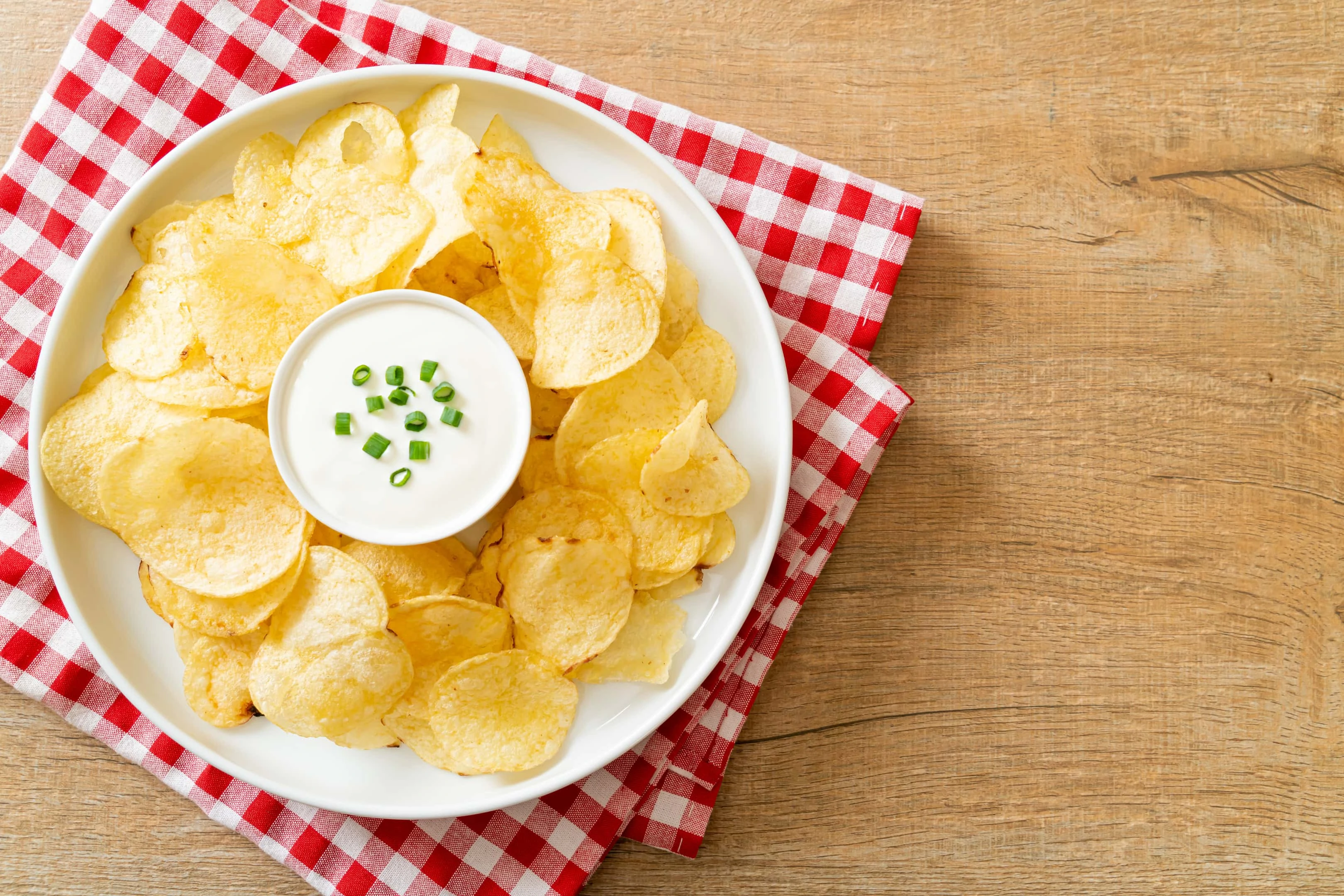It's everywhere! From being one the most widely manufactured chemicals produced worldwide, to being naturally produced in our very own bodies, ammonia is inescapable. Known as Anhydrous Ammonia in its pure form, it is also organically occurring within the natural environment around us formed by processes of bacterial decomposition of animal and plant matter in the soil.
Aside from its organic usage, you probably already know that ammonia is also widely utilized in formulating household cleaning products, industrial processing aids, and even beauty products! What you may not know, however, is that there are several foods that you probably consume every day that contain high levels of ammonia. It is often used in baked goods as a leavening agent, and in cheeses as an acidity regulator.
Jump to:
If it is in cheese, is it really that bad?
Well, even though we are all subjected to meager levels of ammonia daily, it is advised that as a healthy adult, you should not surpass 18 mg of ammonia as your daily intake of food and beverages. But what happens if you don’t keep track of your intake and environment, and accidentally expose yourself to more ammonia than you are meant to?
Ammonia forms a hazardous gas that rapidly builds up in improperly-aerated areas, which can risk damage to your respiratory system, and skin.
Risks of exposure include but are not limited to the following effects.
Low-level exposure:
- Coughing and wheezing
- Difficulty breathing and shortness of breath
- Epiphora (watery eyes)
- Skin irritation
High-level exposure:
Chemical burns to the skin. These risks, luckily, are limited to physical exposure to ammonia fumes, rather than actual consumption of ammonia in food and beverages. It gets tricky though since there is little known about how consuming more than 18 mg of ammonia per day will impact your health and wellbeing. The ammonia compounds in processed foods such as ammonium hydroxide, ammonium chloride, and ammonium phosphate are regarded as safe for consumption in small amounts, but there's a caveat. Ammonium hydroxide is generally considered to be a processing aid, rather than an ingredient in foods and beverages; this means that it will not be included on ingredient lists on nutrition labels, as it is not a requirement enforced by U.S regulators.
So, with little to no information on exactly how much ammonia is in your food and drinks, how are you meant to regulate your intake of ammonia, and then minimize it?
To begin, take these steps:
- Try and stay away from processed food. Look for foods with short and easily understandable ingredient lists; the shorter the better!
- Switch your chemically-packed household cleaning products for natural, organic ones instead. Even choosing those which are simply ammonia-free will go a long way and your body will thank you!
- Wherever possible, choose organic foods that allow you to avoid harmful and potentially toxic pesticides, GMOs, herbicides, and other chemicals.
Foods that are high in ammonia
Apart from the steps and precautions above, it pays to be mindful of the amount of ammonia you’re consuming through food. Here are ten everyday foods that are sneaking an extra pop of ammonia into your diet!
1. Cheese

Careful, don’t go overboard with the cheese boards! Whether you throw a slice in a burger or sandwich, melt it into a decadent pasta sauce, or sprinkle a little over your salad, we all love cheese. It’s a part of practically every cuisine in the world; from paneer in India to Brie in France. What isn’t quite as widespread, however, is the knowledge that cheese is chock-full of ammonia. The most heavily saturated with ammonia is domestic blue cheese, with 0.138 g of ammonia per 100 g of cheese. Beer cheese comes in at 0.092 g of ammonia, while American cheese contains 0.081 g and Cheddar has 0.11 g. So, keep these numbers in mind next time you’re ordering a four cheese pizza!
2. Onions

Onions are an integral part of thousands of dishes across diverse global cuisines. Before getting into the ammonia content, it must be prefaced by stressing how the beneficial health impacts of onions far outweigh the negative impacts of their ammonia content. Its cardiovascular benefits, antioxidant content, and host of nutrients are a far bigger attraction than the 0.027 g of ammonia per 100 g of onion. While the level of ammonia is very low, the frequency of consumption of onions can cause a build-up over time. This is an occurrence to simply be aware of, rather than worry about though.
3. Peanut butter

Peanut butter is amazing and incredibly versatile. If you buy peanut butter without additives, it can make a great, healthy source of protein and healthy fats. Co-existing with that, though, is also a little bit of ammonia! If you choose to eat 100 g of peanut butter, which is approximately seven tablespoons), you’ll be consuming 0.049 g of ammonia. So, if you consume this delectable nut butter in moderation, you won't have an issue. However, we know how deliciously addictive it can be, so be careful not to go overboard!
4. Brewer’s yeast

This may not ring a bell at first, but brewer’s yeast is a widely used, incredibly popular ingredient included in the manufacturing of beer. On the plus side, it contains a wealth of vitamins, nutrients and minerals, and high levels of protein and fiber; it also gives you an enjoyable buzz when you down a beer or two! Don’t overdo it though, since 100 g of brewers yeast will impart 0.022 g of ammonia. Considering that beer is a daily drink for a lot of people, it’s a good idea to consume your beers in moderation.
5. Potato chips

This ubiquitous snack needs no definition. It doesn’t matter which flavor you prefer, or which brand you’re loyal to, generally, all potato chips are made equally. 100 g of a generic potato chip is estimated to contain 0.024 g of ammonia. If you thought to yourself that the ammonia levels here aren’t that high, you’re right. But, take into account the nature of snacking on potato chips. Pull out a bag while watching a movie or binge-watching a TV show, and it’ll be gone before you even realize it. Potato chips are extremely conducive to mindless snacking, which means you can end up consuming a lot more than you intend to. If you eat potato chips as a regular treat or daily snack, your ammonia intake may have stacked up higher than it should have. For this reason, as well as the large sodium and saturated fat content in potato chips, it is best to try and limit your consumption.
6. Gelatin

If you just adore Jello and eat it often, beware; the primary ingredient in Jello is gelatin! Gelatin is derived from the collagen found within crushed animal bones, with a high glutinous content which allows it to form a translucent gel. Here’s where the ammonia comes in. As you may remember from earlier, ammonia is produced by the decaying process of animals, so ammonia and gelatin go hand in hand. 100 g of gelatin contains 0.035 g of ammonia. Luckily, gelatin isn’t the type of food you would usually eat much of daily, so unless you’re guzzling gelatinous treats, you have nothing to worry about.
7. Salami

There is little that is more addictive to snack on than salami. Another classic addition to the cheeseboard we warned you of previously, these slices of cured, fermented sausage are just as at home on a sandwich, in pasta, in salads, and even on pizzas. Be careful though, 100 g of salami contains, on the average, 0.11 g of ammonia. Since salami isn’t usually a typical daily food, it may not be as big a concern as some others on this list, but it’s still worth cutting down on.
8. Margarine

Margarine has historically been promoted as a healthier alternative to traditional butter, though the decision to switch one for another is a personal choice. When it comes to ammonia, 100 g of margarine contains 0.021 g of ammonia, which is not enough to make an impact if you’re eating margarine every once in a while. However, if you’re eating margarine as part of three meals a day, and as a butter substitute in cooking, this ammonia can quickly add up.
9. Mayonnaise

Mayonnaise is usually quite divisive—you either love it or hate it. If you are a bonafide mayonnaise hater, you can go right ahead and skip this point; but if you’re a die-hard fan of this condiment, it's worth noting that 100 g of it contains 0.041 g of ammonia. Admittedly, it isn’t much, but when you think about it, mayonnaise is spread on burgers, slathered on sandwiches, and used as a dip for fries with such reckless abandon, it can all add up. By becoming more mindful about how much mayo you’re consuming, you can easily reduce your ammonia intake.
10. Ketchup

Another condiment to round out this list! Just like its condiment-cousin, mayonnaise, ketchup can be found on almost everything—from burgers and fries to meats and even scrambled eggs! Ketchup is even used as a base for a wide array of other sauces, so it may be sneaking into your system without you even realizing it. 100 g of ketchup contains 0.035 g of ammonia. This is a minimal amount, coming in at even less than mayonnaise, but there’s no harm in reeling in the ketchup consumption a little bit!
A final word
You are what you eat, whether it’s exclusively whole, organic foods, or ammonia-packed processed foods. Having said this, ammonia is not inherently bad. It is essential for the formation of complex molecules and proteins which affect various systems within your body, but too much of any good thing is a bad thing! We can't avoid it in foods completely, as it exists in everything in trace amounts. But as long as you’re mindful of how much you’re consuming, and how much you’re interacting with in the form of household products, your ammonia levels won’t reach a concerning level.
So go on and live your life, now a little more aware of the ammonia around you!





Comments
No Comments